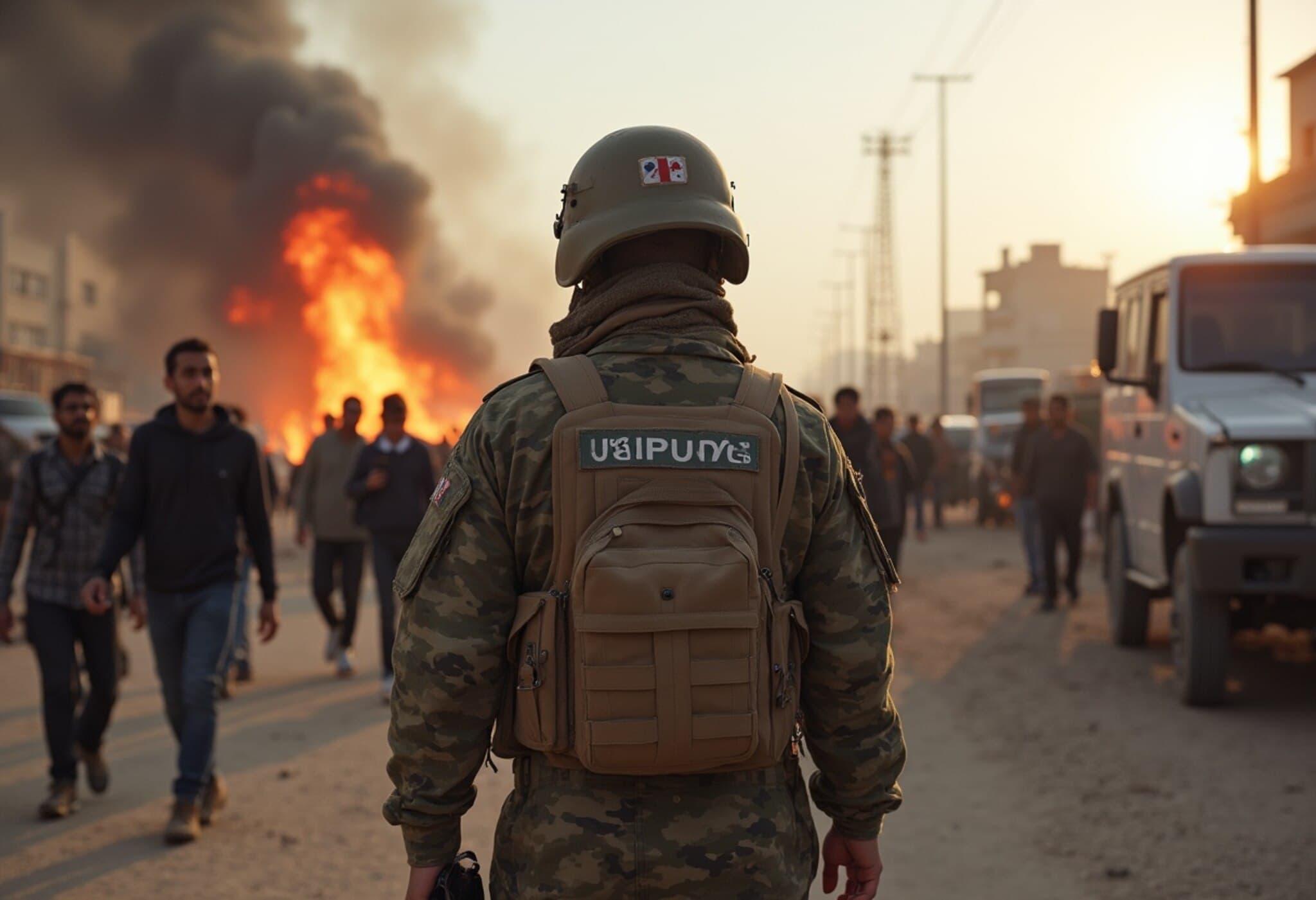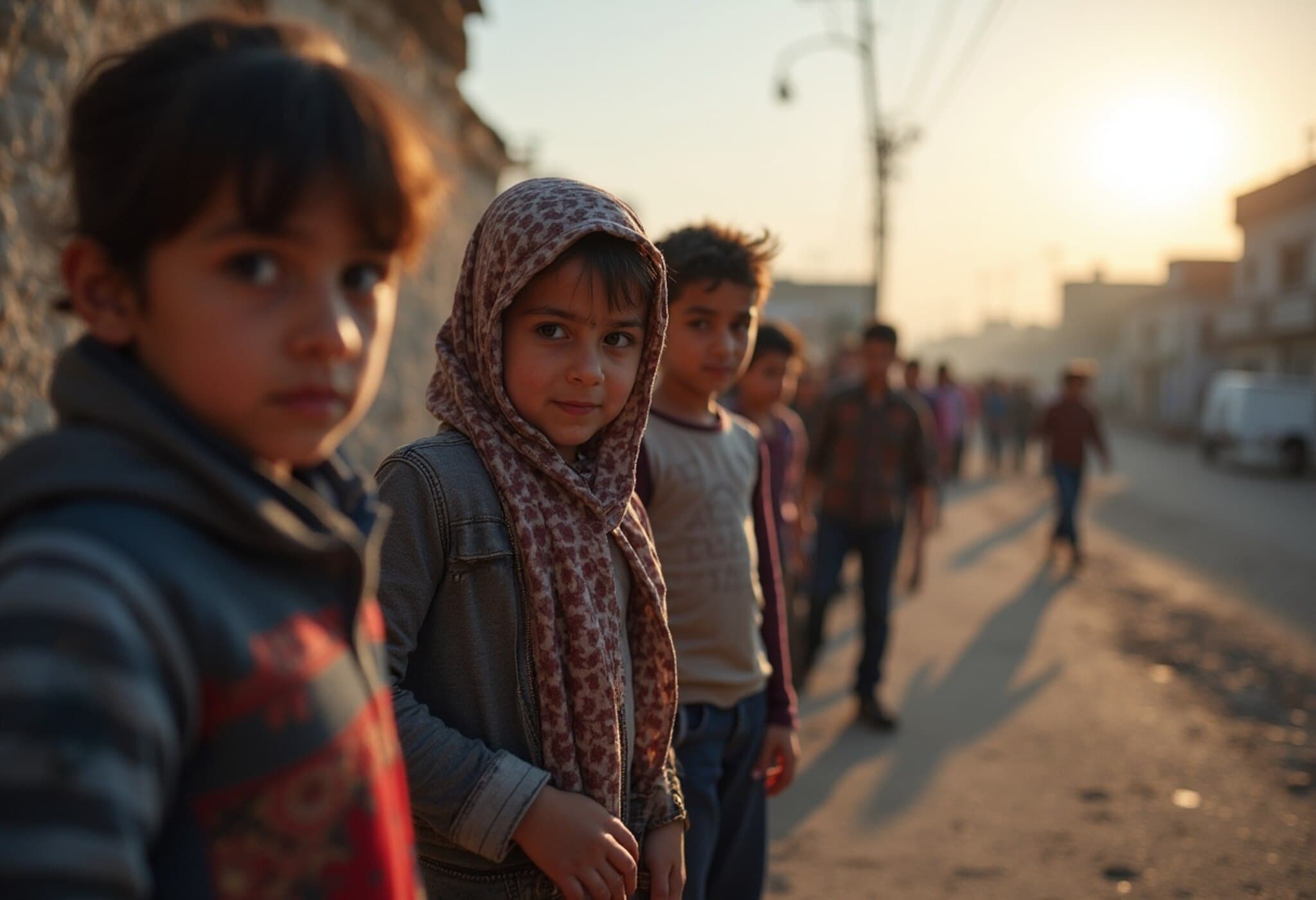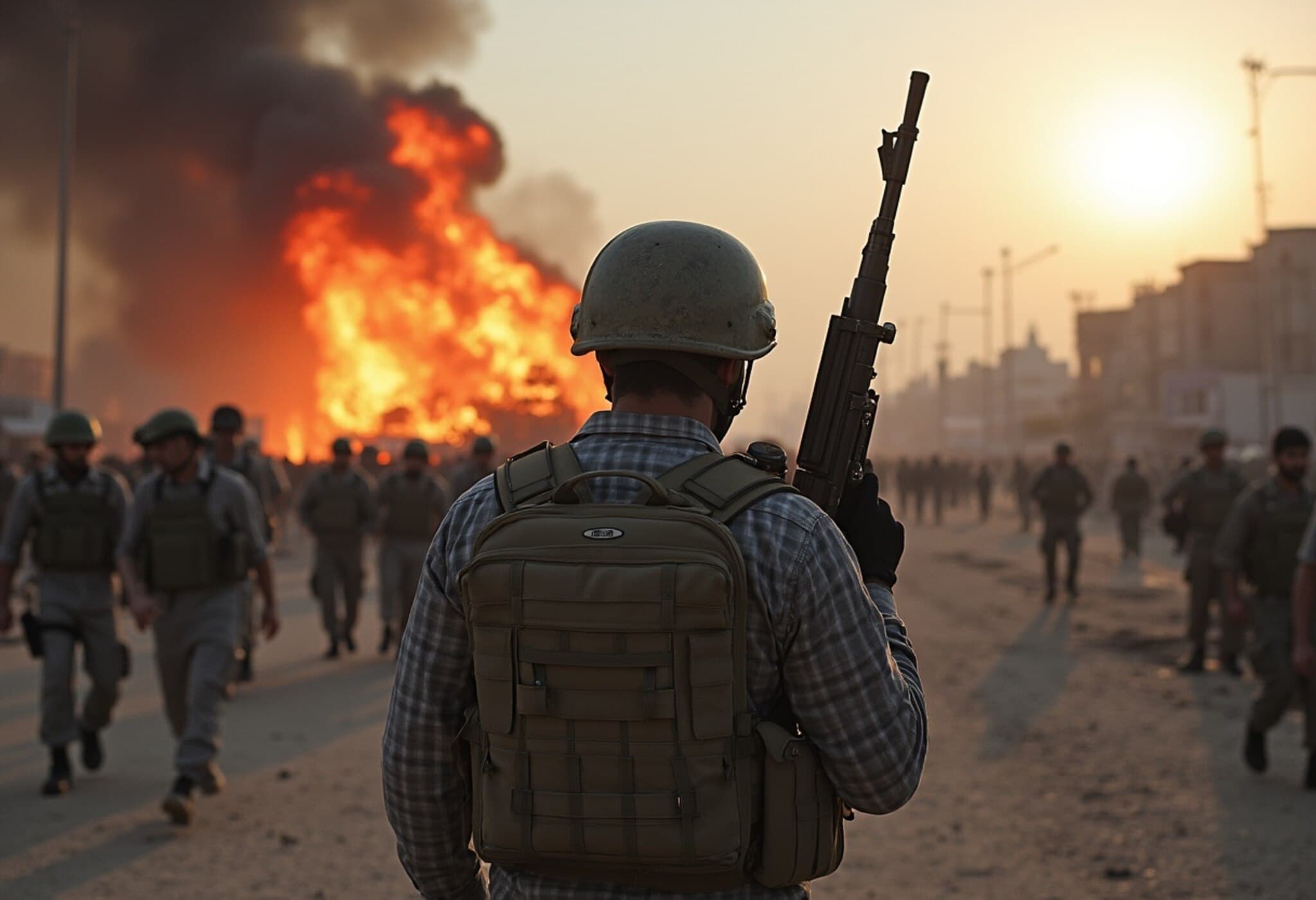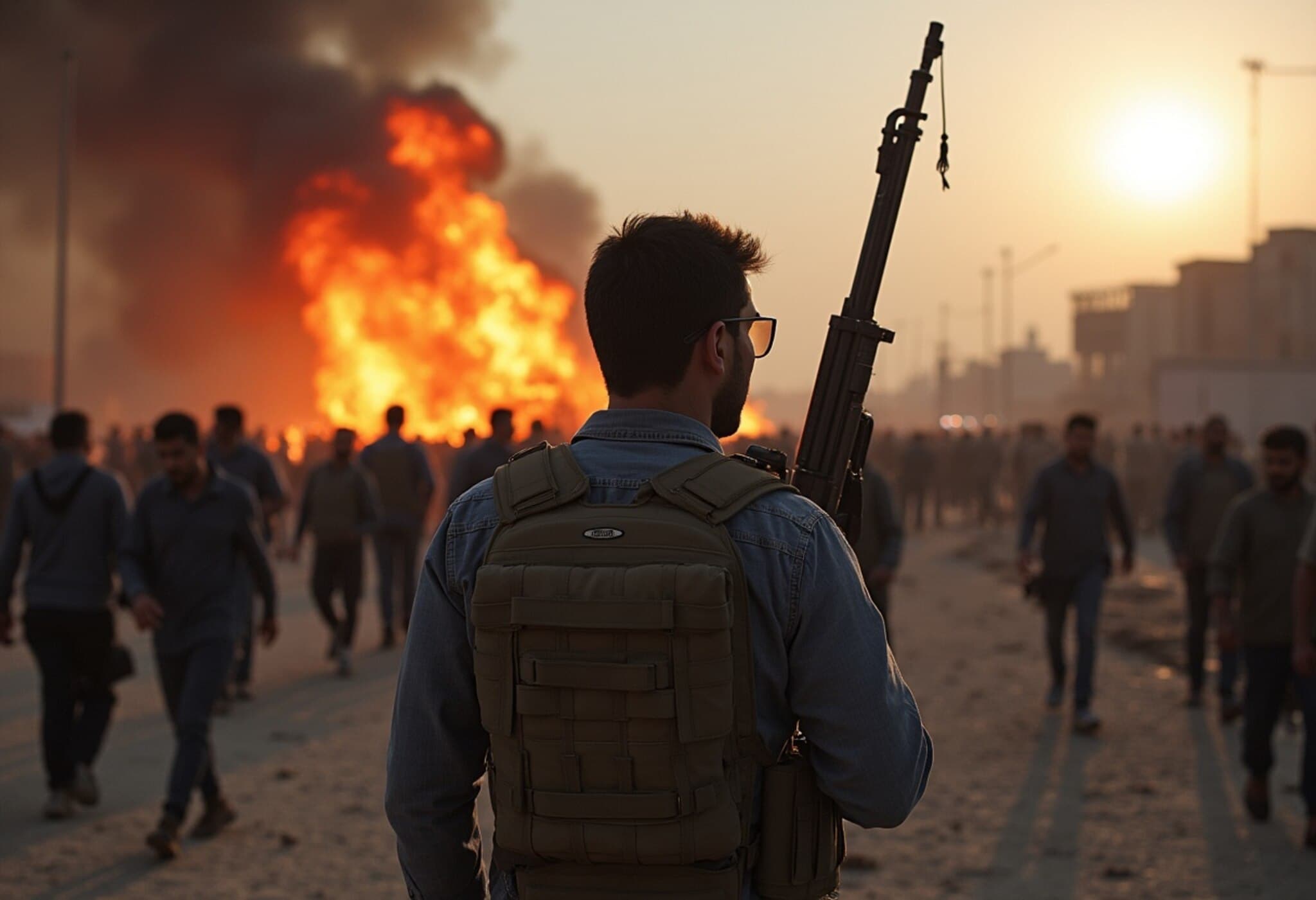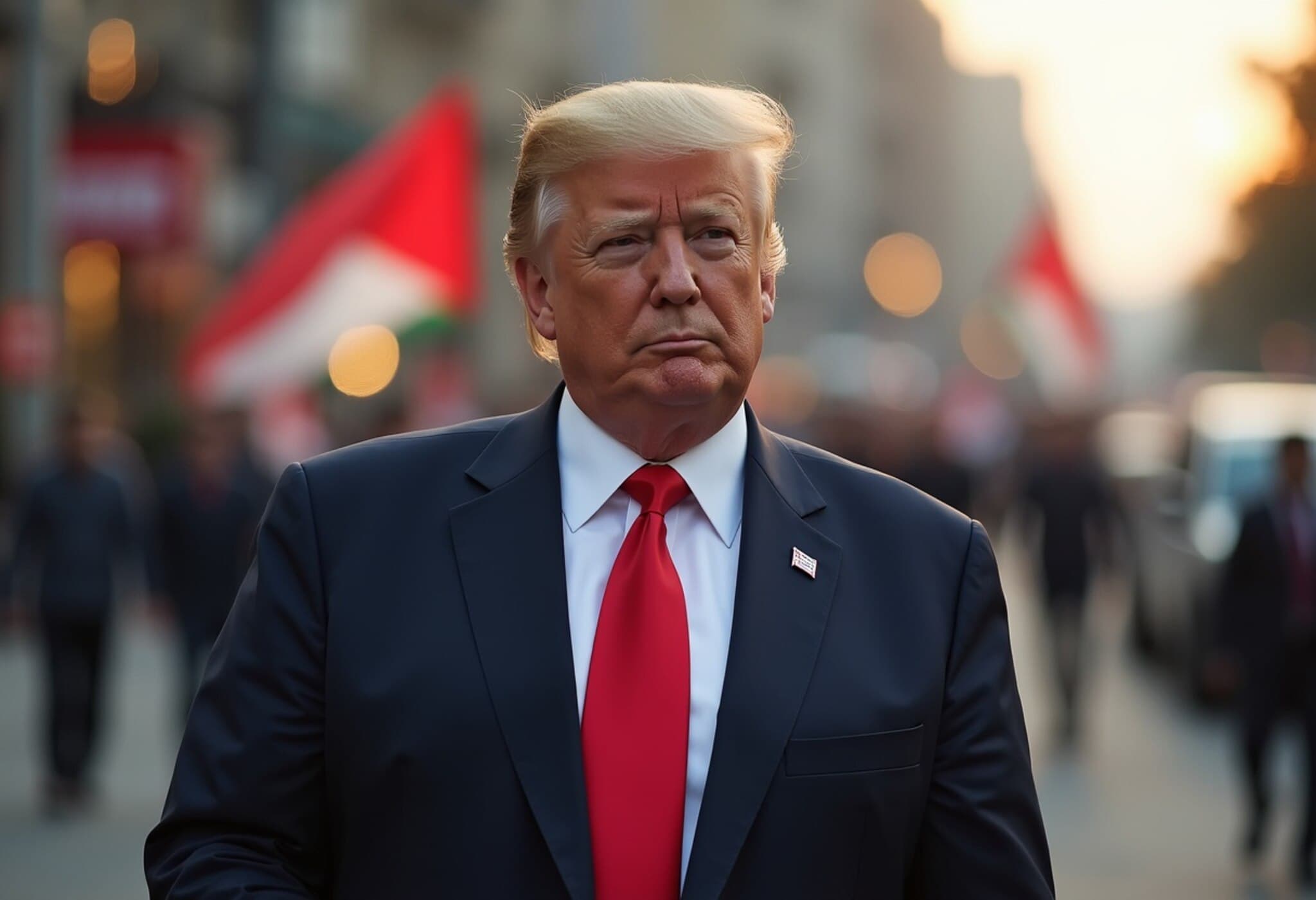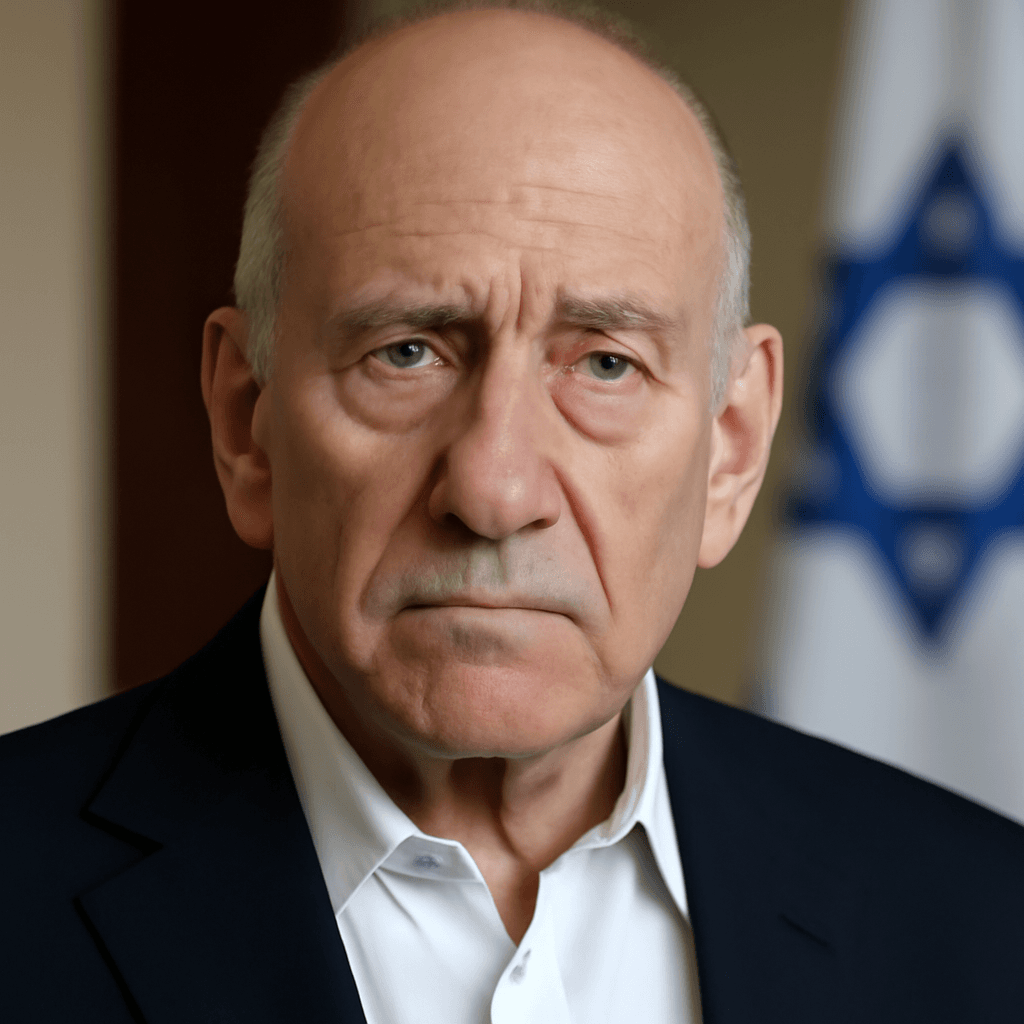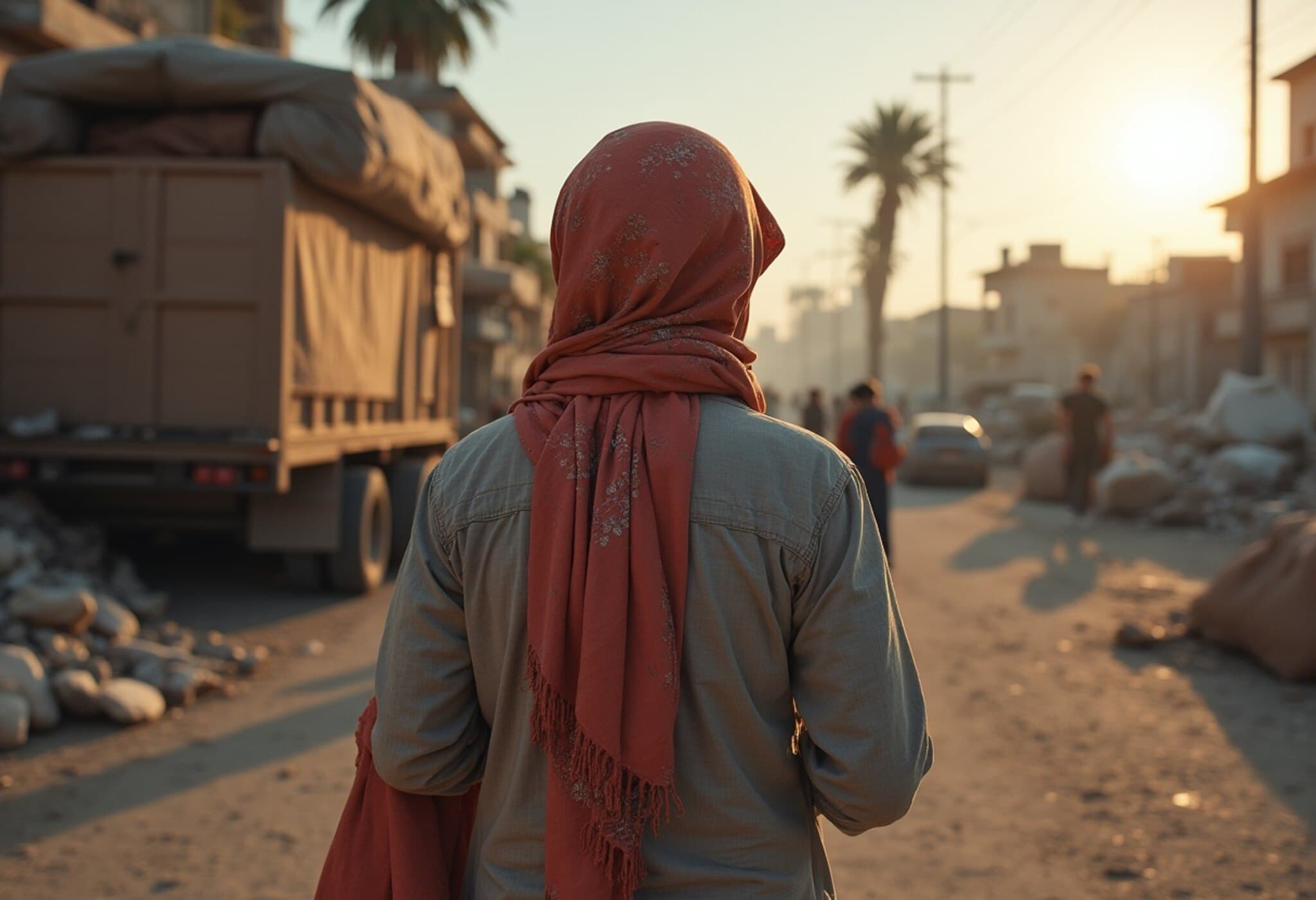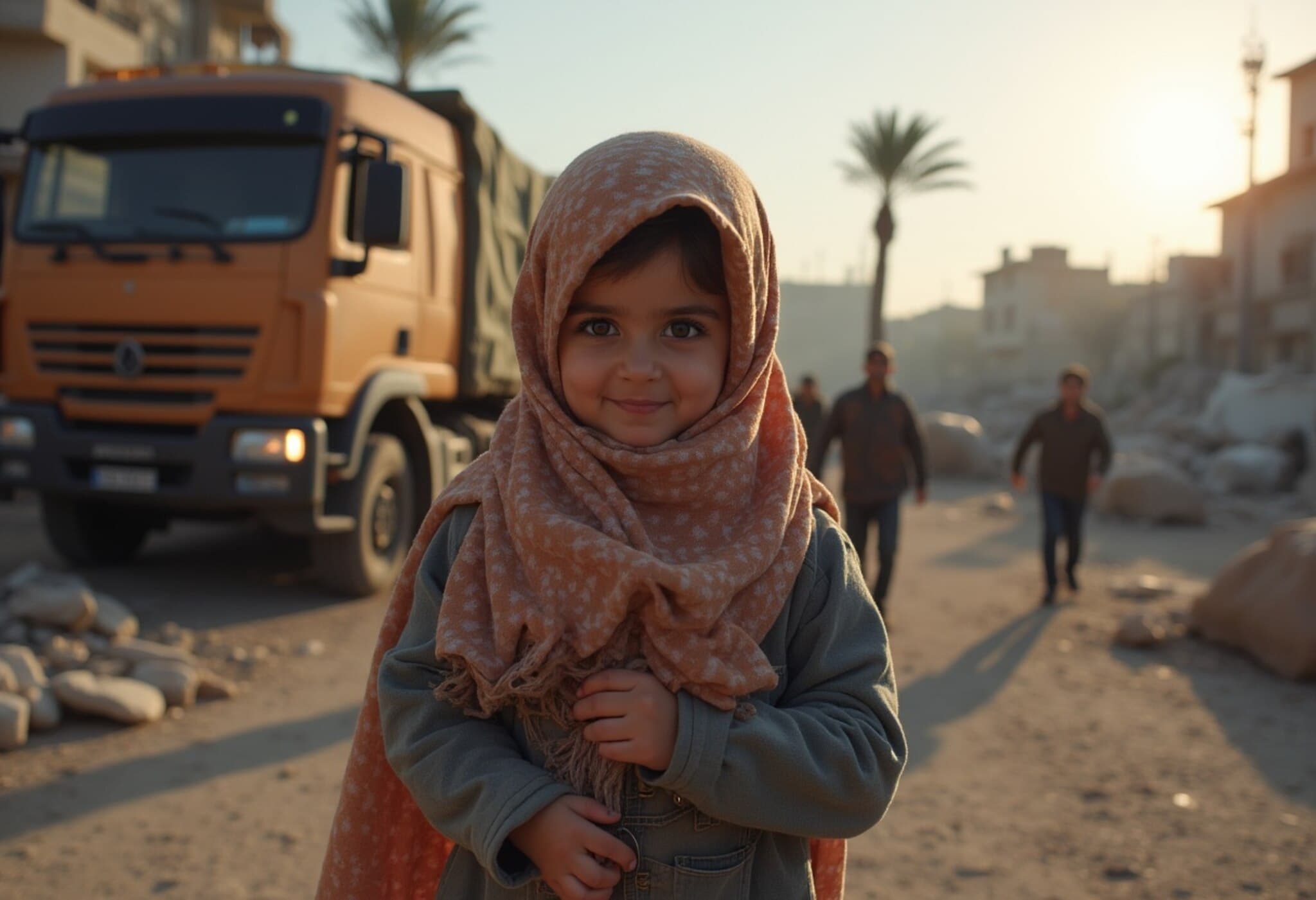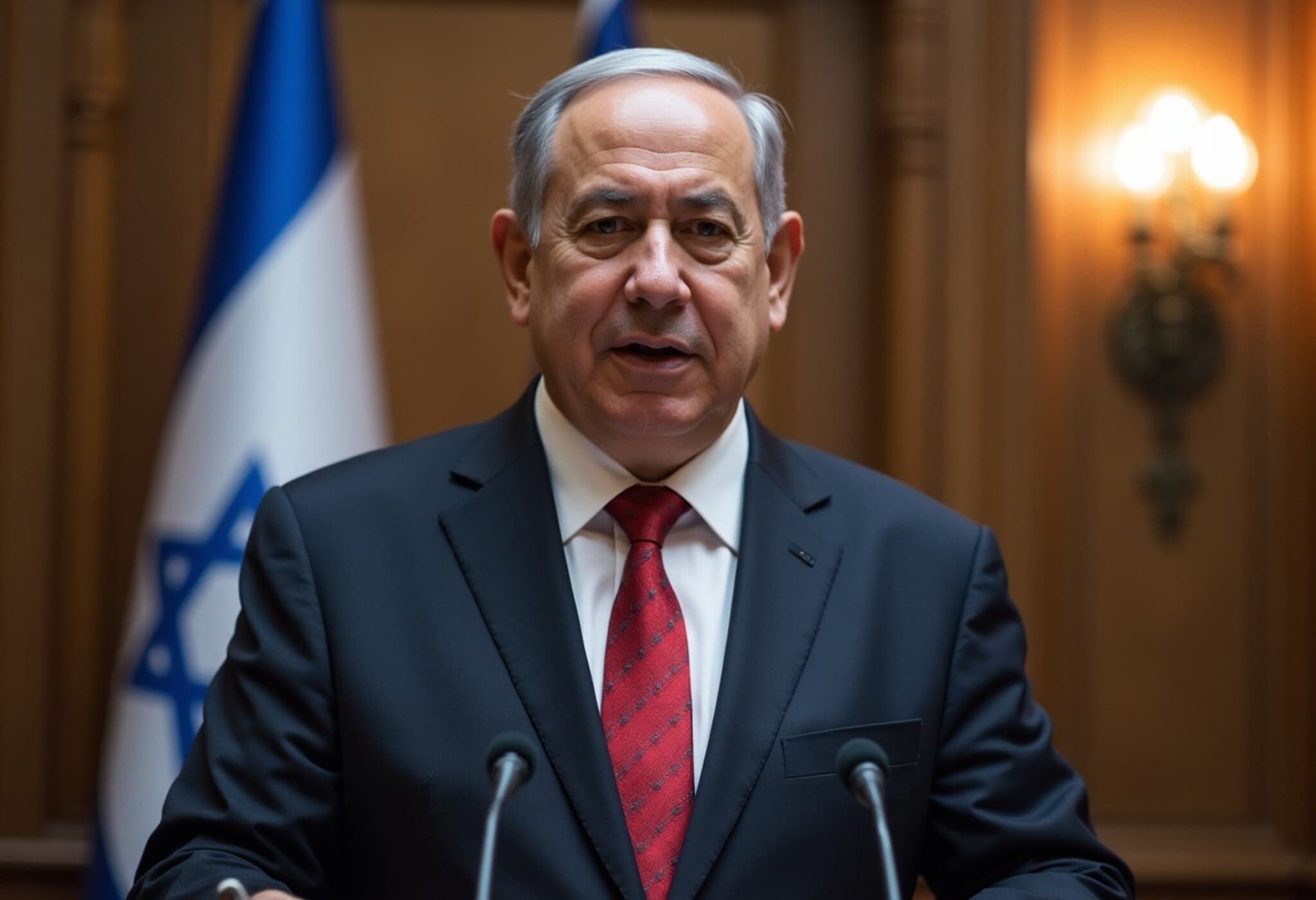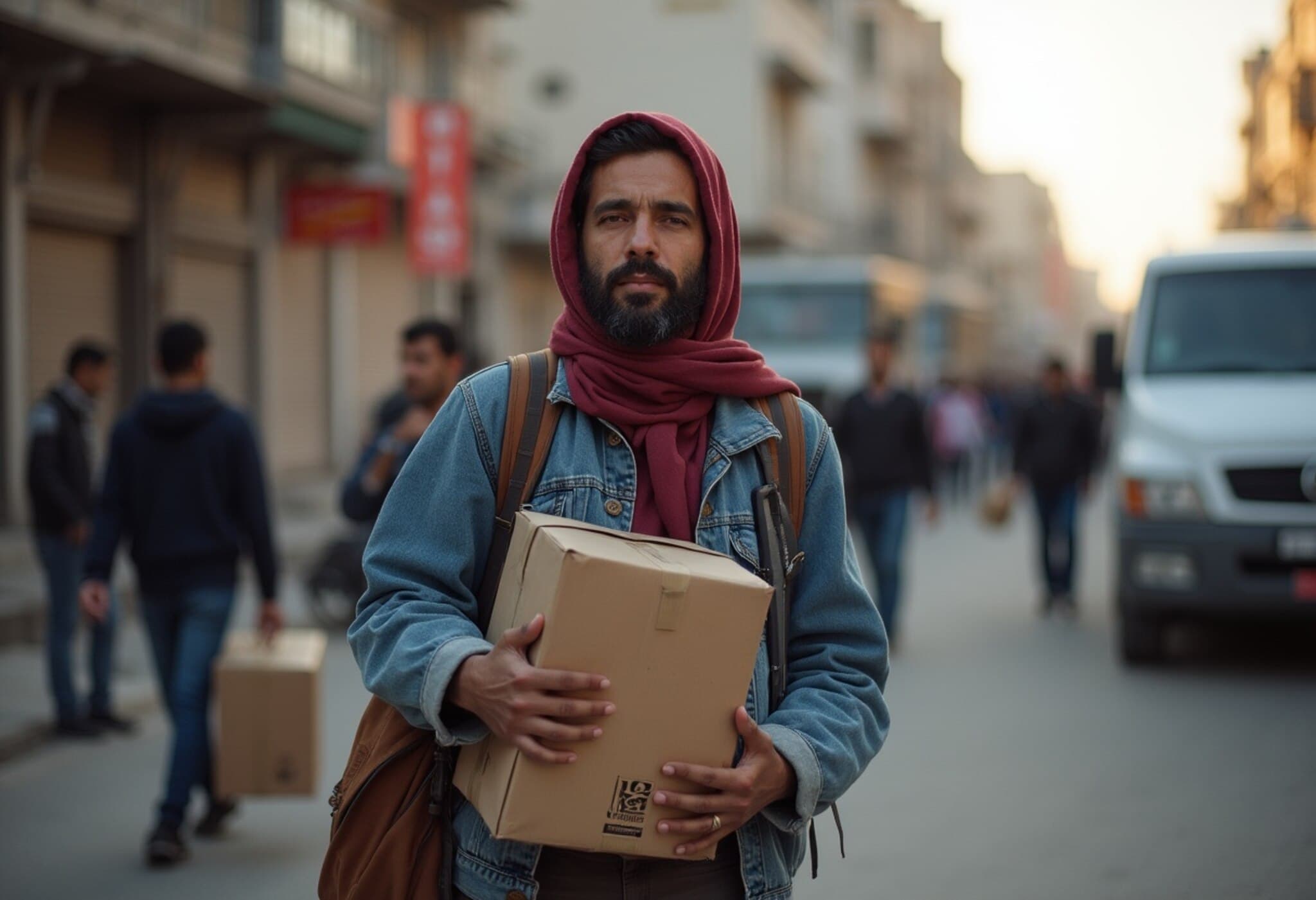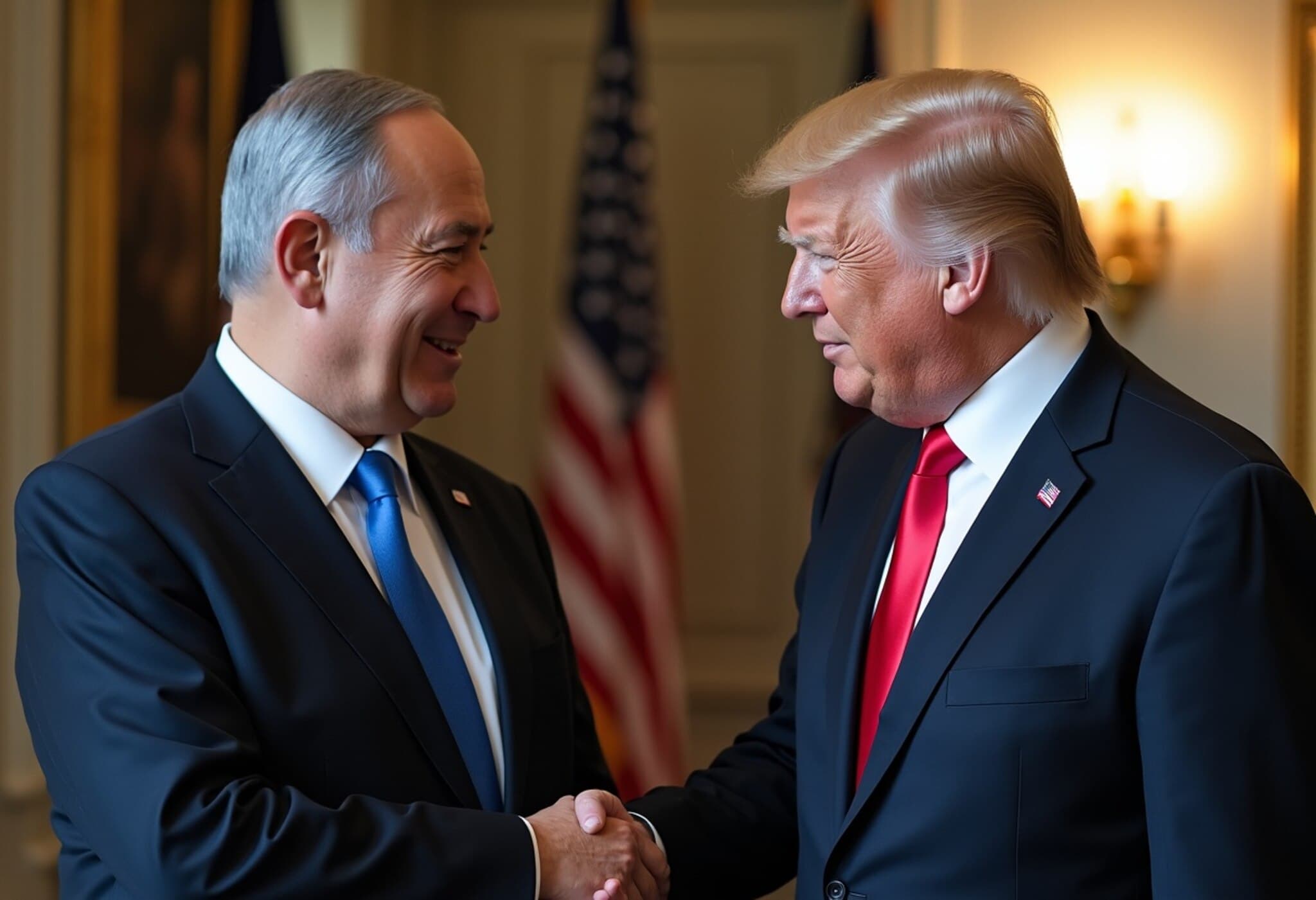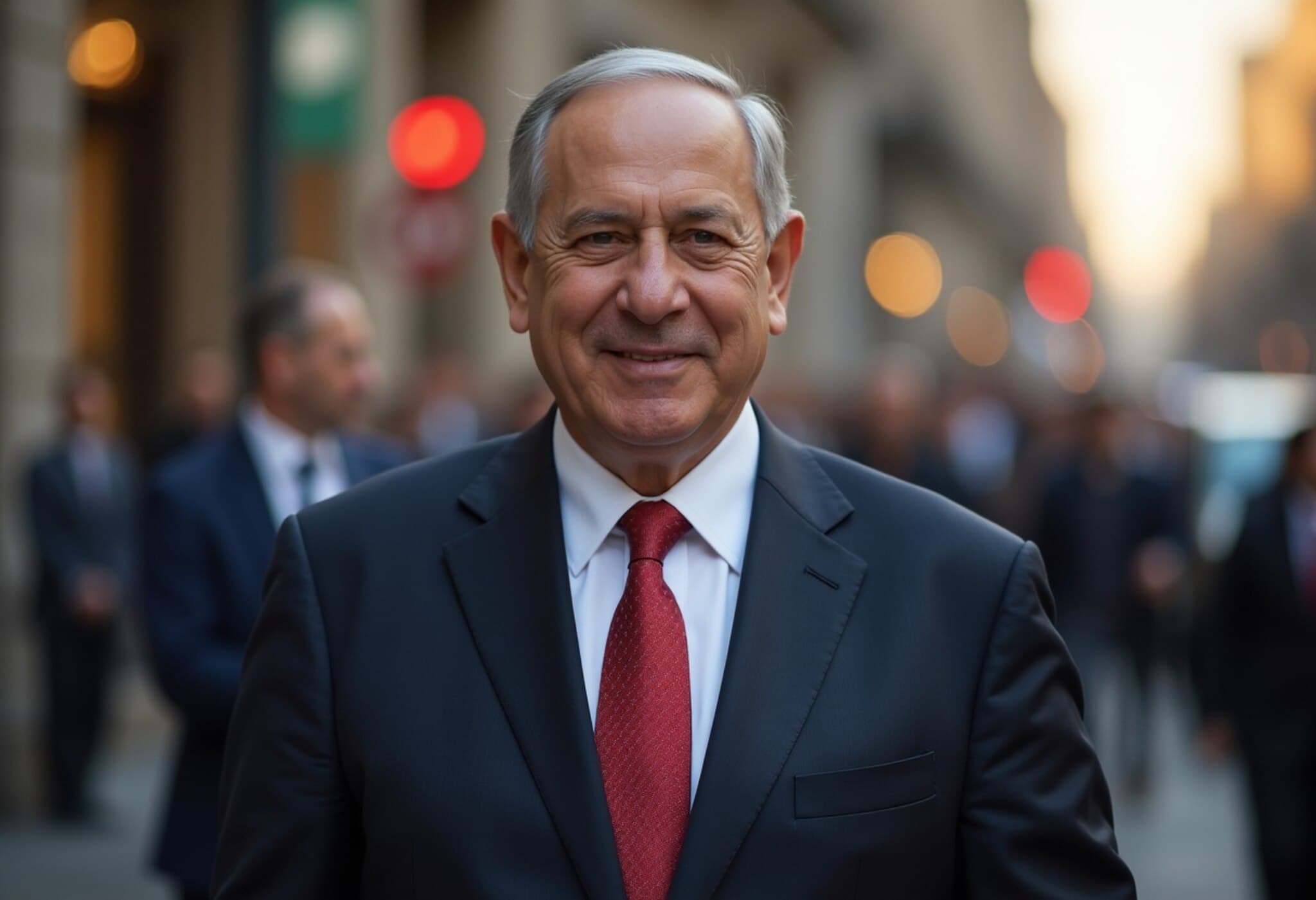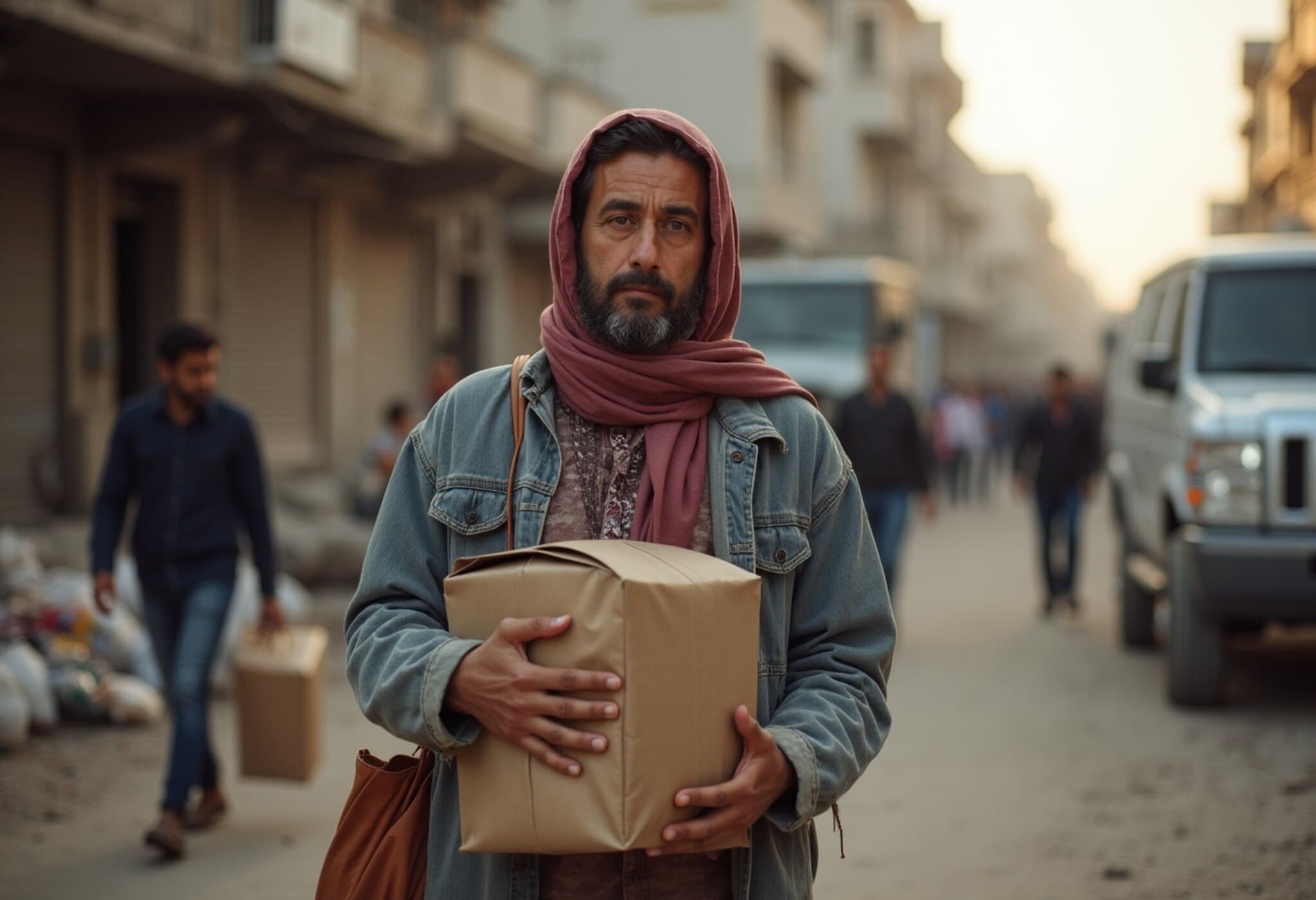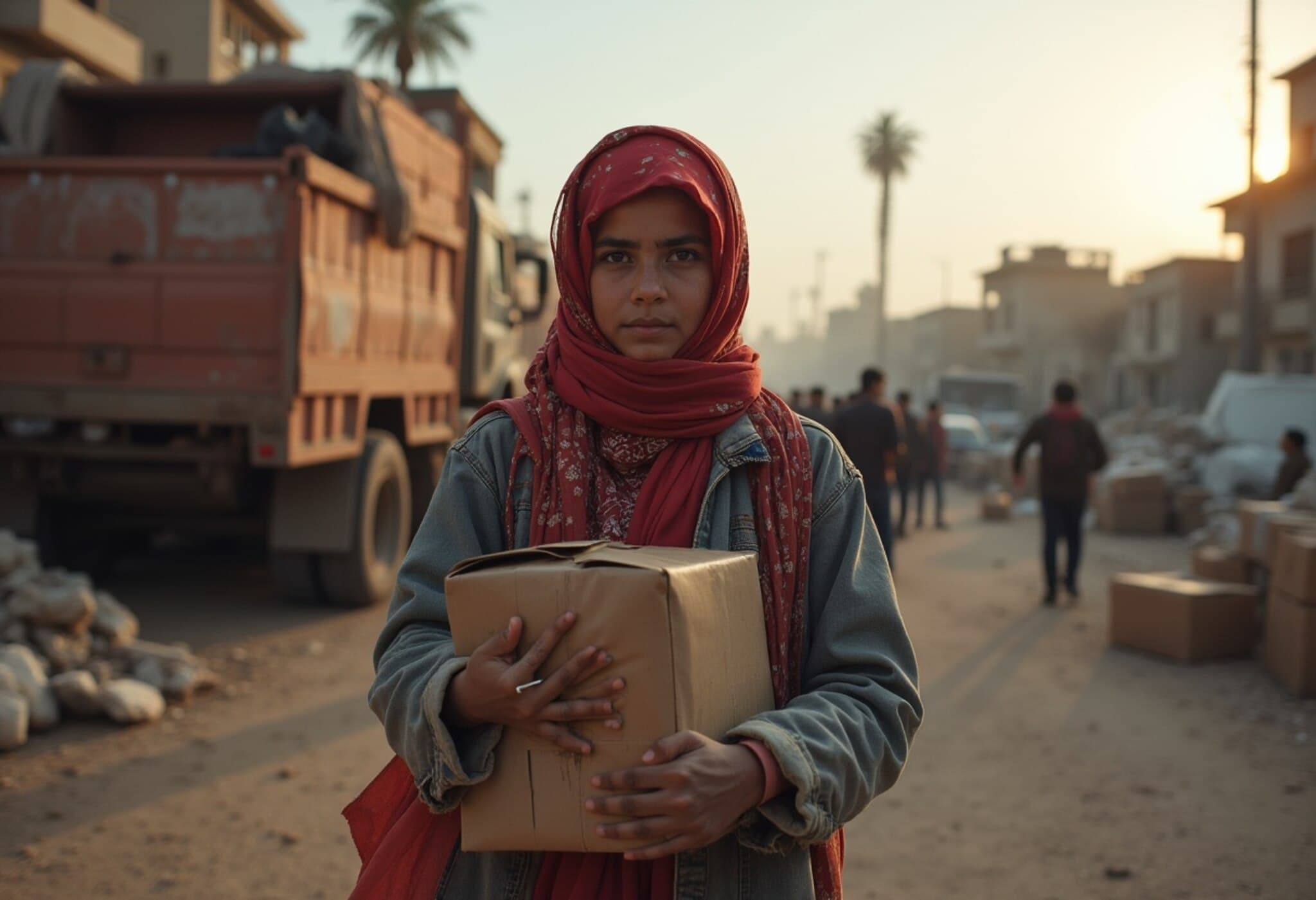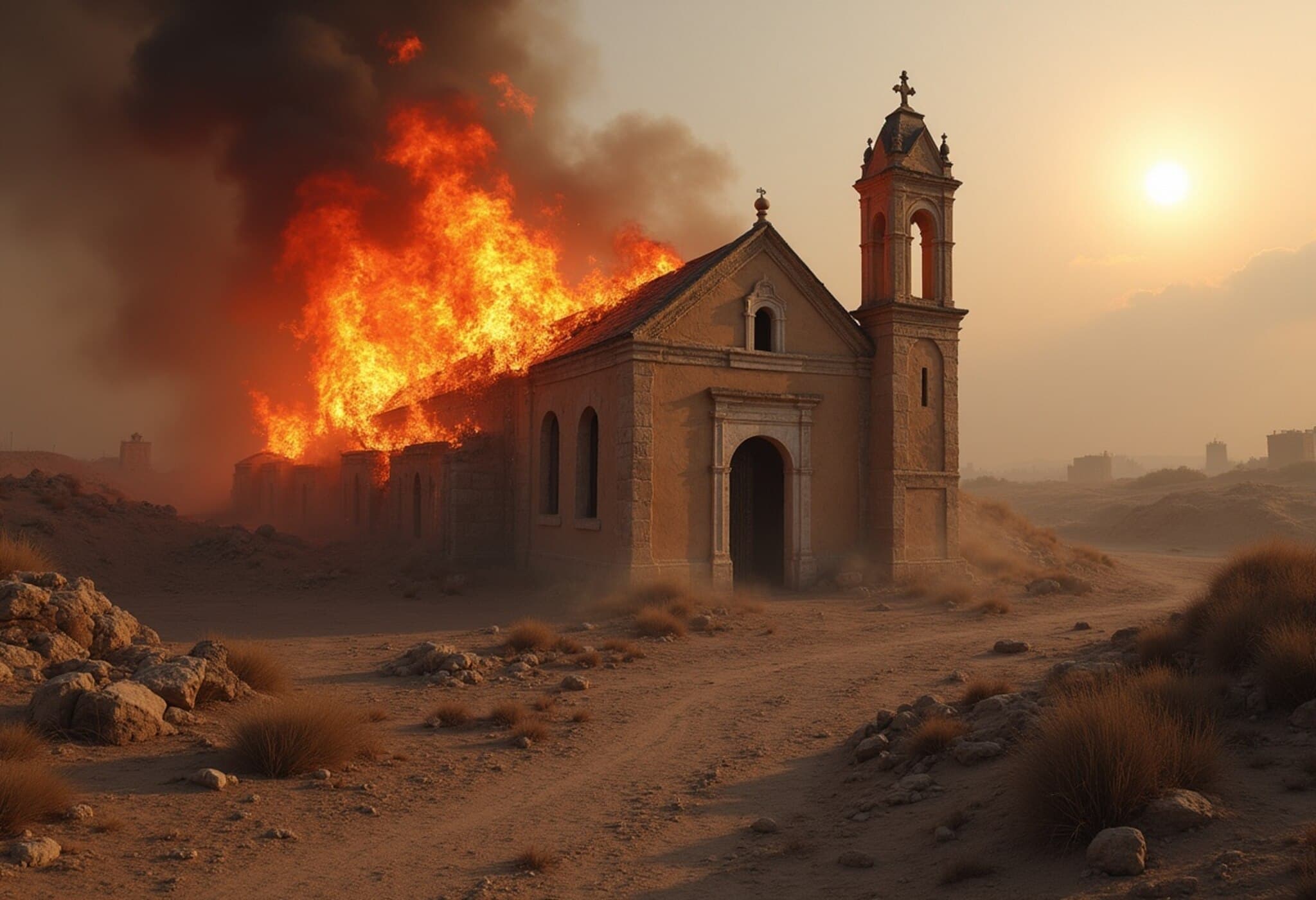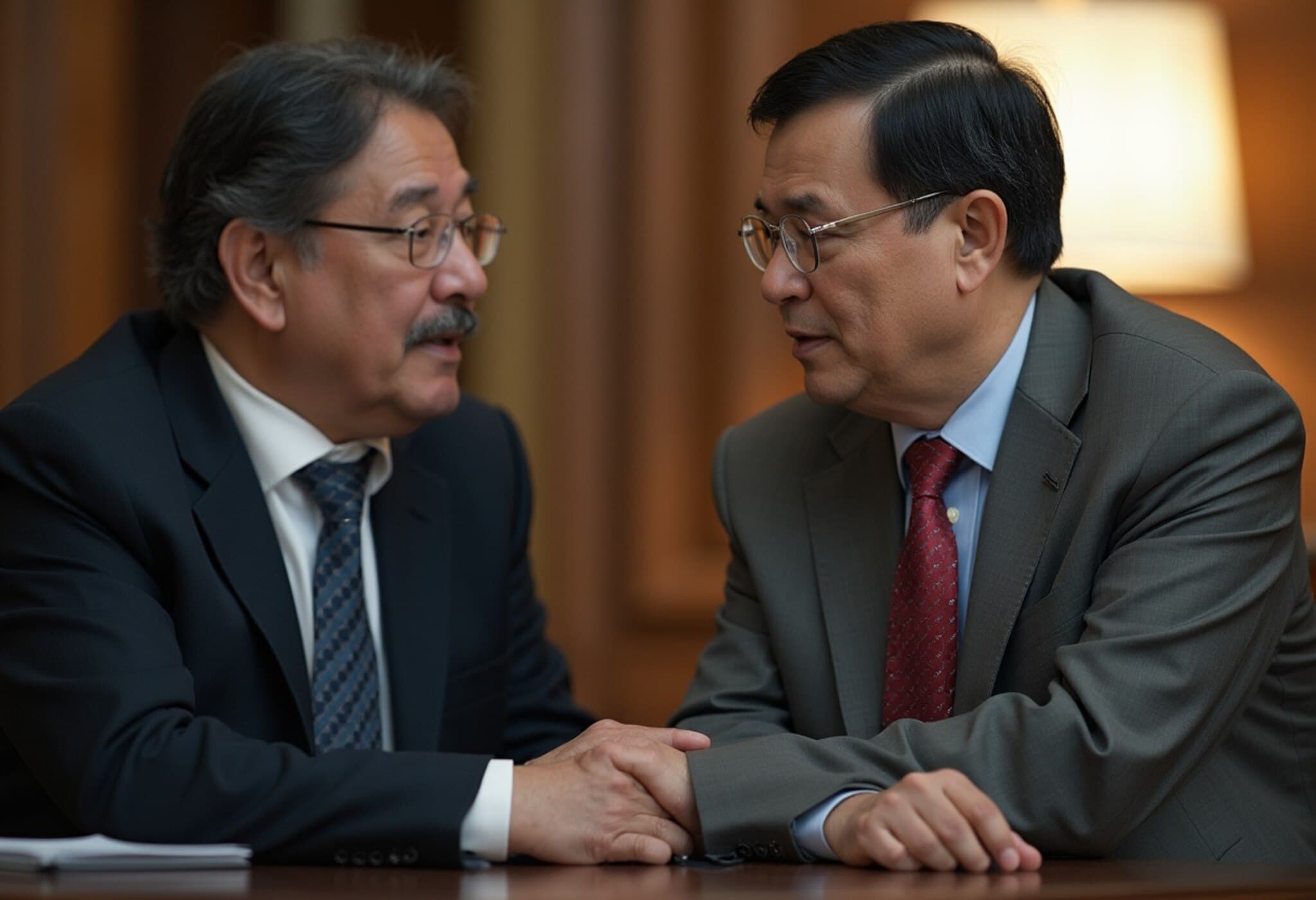Deadly Clashes Erupt Near US-Backed Aid Distribution Sites in Southern Gaza
In a tragic escalation of the ongoing humanitarian crisis in Gaza, Israeli forces opened fire on crowds of Palestinians gathered around food distribution hubs operated by the US- and Israeli-backed Gaza Humanitarian Foundation (GHF), killing at least 32 individuals according to hospital officials and eyewitness accounts on July 19, 2025. This incident marks one of the deadliest encounters around aid centers since the foundation began operations earlier this year.
Background: Aid Distribution Under the Microscope
The GHF was established in May 2025 as an alternative to the UN-led aid system, following accusations by the United States and Israel that Hamas militants have been diverting humanitarian supplies. While the UN firmly rejects these allegations, the shift has introduced a new dynamic in the delivery of crucial aid to Gaza’s more than two million residents — a population already reeling from prolonged conflict and blockade.
Details of the Incident Near Khan Younis
Most of the fatalities occurred near the Teina area, approximately 3 kilometers from a GHF distribution site near Khan Younis city. According to eyewitness Mahmoud Mokeimar, the crowd — largely made up of young men — moved toward the site when Israeli forces first discharged warning shots, followed by live fire.
“The occupation opened fire at us indiscriminately,” Mokeimar stated. He observed multiple casualties lying motionless, while others desperately fled the scene.
Another witness, Akram Aker, reported that fire was directed from tanks, drones, and machine guns during the early morning hours between 5 and 6 a.m., before the site had officially opened its distribution. GHF representatives had warns local Palestinians not to approach the sites during this time due to ongoing military operations.
Despite the military’s claim that it only fires warning shots to maintain distance from troops and not to target civilians, local medical facilities tell a devastating story. Nasser Hospital in Khan Younis received 25 bodies and treated 70 wounded, many with gunshot wounds to the head and chest, highlighting the severity of the violence. The absence of adequate medical supplies further compounds the crisis, with some patients treated on floors under dire conditions.
Wider Humanitarian Context and Other Affected Areas
While the primary incident involved Palestinian civilians near the Khan Younis area, Gaza’s healthcare system is overwhelmed by casualties resulting from multiple armed confrontations across the region. An airstrike in Gaza City killed two people in a camp sheltering displaced families, while other strikes targeted areas near Rafah and Bureij, resulting in dozens of deaths, including women and children.
The Gaza Health Ministry, which reports over 58,000 Palestinian deaths since the conflict began nearly two years ago in October 2023, underscores the civilian toll. Though part of the Hamas-administered government, its casualty figures are corroborated by international bodies as the most reliable amidst the ongoing turmoil.
The Challenges of Aid Distribution Under Military Oversight
The GHF’s operations are conducted within militarily controlled zones, with Israeli forces securing the perimeters from a distance. However, distribution events are chaotic and fraught with risks. Videos show crowds surging for food aid amid scarce resources, with some instances of aid contractors reportedly deploying tear gas and stun grenades to control dense gatherings.
These dynamics highlight a painful paradox: critical aid meant to alleviate suffering becomes a flashpoint for violence. The militarization of aid spaces raises pressing questions about the principles of humanitarian access and protection of civilians under international law.
Emerging Perspectives and International Reactions
Amid the tragedy, international mediators continue efforts to broker ceasefires between Israel and Hamas, though no breakthroughs have emerged. The incident also reverberated beyond Gaza, as tensions spike in the occupied West Bank. Notably, US Ambassador Mike Huckabee condemned a recent attack by extremist settlers who torched the Church of St. George in Taybeh, calling the act a "crime" and an "act of terror." This reflects broader concerns about settler violence and the erosion of security for Palestinians and minorities amid the conflict.
Expert Commentary: Understanding the Complexities
From an expert viewpoint, the Gaza aid crisis underscores the intersection of humanitarian aid and military strategy — a contested space with grave consequences for civilian populations. The shift from UN to US- and Israeli-led aid distribution, justified by security concerns, may erode local trust and exacerbate vulnerabilities, potentially fueling cycles of violence.
Furthermore, the presence of military forces near aid sites complicates the Geneva Conventions’ stipulations on the neutrality and protection of humanitarian efforts, necessitating rigorous oversight and transparent communication to prevent further civilian harm.
Looking Ahead: Navigating Aid, Security, and Human Rights
As the Gaza crisis drags on, the international community faces urgent questions:
- How can aid be delivered effectively without becoming a flashpoint for violence?
- What mechanisms can enforce the protection of civilians in militarized aid zones?
- How can humanitarian principles coexist with security concerns in prolonged conflict zones?
Answers to these questions will be critical in shaping future humanitarian interventions, not only in Gaza but across conflict zones worldwide.
Editor’s Note
The recent outbreak of deadly violence near US-backed aid hubs in Gaza tragically intertwines the imperative to alleviate humanitarian suffering with the harsh realities of a protracted conflict. Beyond the heartbreaking loss of life, these events shine a spotlight on the broader ethical and operational challenges facing aid organizations working under military oversight. As international actors grapple with these dilemmas, the core focus must remain on safeguarding civilian lives, ensuring equitable aid access, and fostering pathways toward peace.
Stay informed. Stay critical. Stay empathetic.

